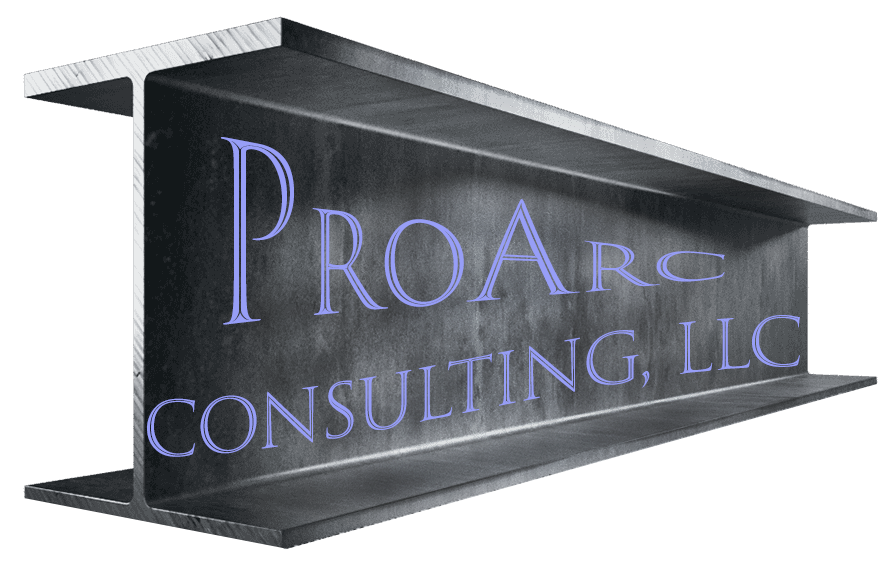
The American Welding Society (AWS) Certified Welding Inspector (CWI) certification is one of the most respected credentials in the welding industry. It signifies a high level of expertise and knowledge, qualifying individuals to ensure the quality of welds and welding processes in various industries. However, the path to becoming a CWI is challenging, requiring thorough preparation and a deep understanding of welding principles, codes, and standards. The following is a guide that will provide you with actionable strategies on how to properly study for and pass the AWS CWI exam.
Understanding the AWS CWI Exam Structure
Before diving into study strategies, it’s crucial to understand the structure of the AWS CWI exam. The exam is divided into three parts:
- Part A: Fundamentals – This section tests your general knowledge of welding inspection, including welding processes, terminology, welding symbols, and safety.
- Part B: Practical Application – In this section, you’ll need to demonstrate your ability to inspect welds using various tools and methods. This part includes hands-on tasks and visual inspections.
- Part C: Code Book Application – This part assesses your ability to navigate and apply the information in a welding code book, such as the AWS D1.1 Structural Welding Code – Steel.
Each part requires a different set of skills and knowledge, so a comprehensive study plan should cover all these areas effectively.
Step 1: Create a Study Plan
The first step in preparing for the AWS CWI exam is to create a detailed study plan. This plan should outline what topics you need to cover, how much time you will allocate to each topic, and your study schedule leading up to the exam.
- Assess Your Current Knowledge: Start by assessing your current knowledge and experience. Identify areas where you feel confident and areas that need improvement. This will help you allocate your study time more effectively.
- Set a Study Schedule: Establish a study schedule that suits your daily routine. Ideally, you should begin your preparation several months before the exam. Allocate time each day or week specifically for studying, and stick to this schedule.
- Divide and Conquer: Break down the exam content into manageable sections. For example, dedicate one week to studying welding symbols, another to non-destructive testing methods, and so on.
- Include Practice Exams: Incorporate practice exams into your study schedule. These will help you become familiar with the exam format and identify areas where you need further study.
Step 2: Gather Study Materials
The right study materials are essential for effective preparation. AWS provides several resources specifically designed to help candidates prepare for the CWI exam. These include:
- AWS CWI Pre-Seminar – This online course covers the fundamentals of welding inspection and provides a solid foundation for the exam.
- AWS Study Guides – The AWS offers study guides for each part of the exam. These guides include sample questions, explanations, and references to the relevant codes and standards.
- Code Books – For Part C of the exam, you’ll need to study the specific code book relevant to your industry. This might be AWS D1.1, API 1104, or another code. Familiarize yourself with the layout, sections, and key information in your chosen code book.
- Reference Books – Books like “Welding Inspection Technology” and “Visual Inspection Workshop” are excellent resources for understanding the principles of welding inspection.
- Online Forums and Study Groups – Joining online forums and study groups can provide additional support. These communities often share tips, study materials, and insights from those who have already passed the exam.
Step 3: Focus on the Fundamentals (Part A)
The Fundamentals section is broad, covering a wide range of topics related to welding. It contains a minimum of 165 questions and is 135 minutes long. That gives you approximately 48 seconds per question. You are allowed to skip questions and go back to them. Any questions that are not answered are counted incorrect. To pass Part A, you must score 72% or better. Here’s how to approach it:
- Understand Welding Processes: Make sure you have a solid understanding of various welding processes, such as SMAW, GMAW, FCAW, and GTAW. Know the advantages, limitations, and typical applications of each process.
- Study Welding Symbols: Welding symbols are a crucial part of the exam. Learn how to read and interpret them accurately. Practice by reviewing drawings and identifying the required welds.
- Review Non-Destructive Testing (NDT): NDT methods are essential in welding inspection. Study the different types of NDT, including radiographic testing, ultrasonic testing, and magnetic particle testing, and understand when and why they are used.
- Learn Safety Standards: Safety is paramount in welding. Review OSHA standards, personal protective equipment (PPE) requirements, and safe welding practices.
- Practice with Sample Questions: Use sample questions to test your knowledge. This will not only reinforce your understanding but also help you get used to the format of the questions you’ll encounter on the exam.
Per AWS B5.1:2013, the following table provides the topics covered in Part A and the minimum percentage of the questions for each topic.
| Topic | Minimum Percentage of Questions |
| Definitions and Terminology | 12% |
| Welding Processes | 12% |
| Symbols-Welding & Nondestructive Evaluation | 10% |
| Welding Examination | 10% |
| Welding Performance | 9% |
| Test Methods – NDE | 8% |
| Heat Control & Metallurgy (Carbon & Low-Alloy Steels) | 6% |
| Welding Related Calculations | 6% |
| Duties and Responsibilities | 4% |
| Destructive Tests | 3% |
| Cutting | 2% |
Part A is a closed book exam so you must have a solid understanding of these topics to have a good chance of passing.
You are allowed to bring a scientific calculator that will help you with quick calculations, especially for converting units (like centimeters to inches or vice versa).
Based on the table above, at least six percent of the exam questions will be on welding related calculations. Be prepared to answer these questions with your calculator. Make sure you know how to use your specific calculator before the exam! The last thing you want is to waste time trying to figure out how it works during the exam.
Step 4: Hone Your Practical Skills (Part B)
The Practical Application section tests your hands-on skills in welding inspection. Here’s how to prepare:
- Familiarize Yourself with Inspection Tools: You’ll need to know how to use various inspection tools, such as fillet weld gauges, micrometers, and calipers. Practice using these tools to measure welds and identify defects.
- Visual Inspection: Develop your ability to visually inspect welds for defects like cracks, porosity, and undercuts. Use sample welds or photos to practice identifying defects.
- Understand Welding Defects: Study the common types of welding defects, their causes, and how to prevent them. This knowledge is crucial for both the practical and code book sections of the exam.
- Mock Inspections: Set up mock inspections to simulate the exam environment. Use sample welds and go through the process of inspecting them as if you were taking the exam.
Step 5: Master the Code Book (Part C)
The Code Book Application section requires you to navigate and apply information from a specific welding code. Your job here is not to memorize the code book, just know where to find the information. You have the option of using AWS D1.1, D1.2, D1.5, D15.1, D17.1, API 1104, ASME B31.1 or B31.3 codebooks. The number of questions will vary depending on the code book used. Choose the one you want and start prepping. Here’s how to approach it:
- Know Your Code Book: Spend time familiarizing yourself with the layout and structure of your code book. Understand how to quickly find information in the index, table of contents, and sections.
- Practice Code Interpretation: Work through practice problems that require you to find and interpret specific sections of the code book. The more familiar you are with the code, the quicker you’ll be able to answer these questions on the exam.
- Highlight Key Sections: Use tabs or highlights to mark important sections of the code book. This can save you time during the exam.
- Understand Code Requirements: Make sure you understand the requirements for different types of welds, materials, and inspection processes as outlined in the code book..
Step 6: Stay Calm and Confident
Finally, it’s important to approach the exam with confidence. Stress and anxiety can negatively impact your performance, so here are a few tips to stay calm:
- Get Plenty of Rest: Ensure you’re well-rested in the days leading up to the exam. A clear mind will help you think more effectively.
- Stay Hydrated and Eat Well: Proper nutrition and hydration can also improve your focus and energy levels during the exam.
- Practice Relaxation Techniques: Techniques such as deep breathing, meditation, or visualization can help reduce exam-related stress.
- Trust Your Preparation: If you’ve followed your study plan, you’re well-prepared. Trust in the work you’ve put in and approach the exam with a positive mindset.
Conclusion
Passing the AWS Certified Welding Inspector exam is a challenging but achievable goal with the right preparation. By creating a structured study plan, using the right materials, and focusing on each part of the exam, you can increase your chances of success. Remember, the key to passing the CWI exam is a combination of knowledge, practical skills, and confidence. With dedication and the strategies outlined in this guide, you’ll be well on your way to earning your CWI certification.
